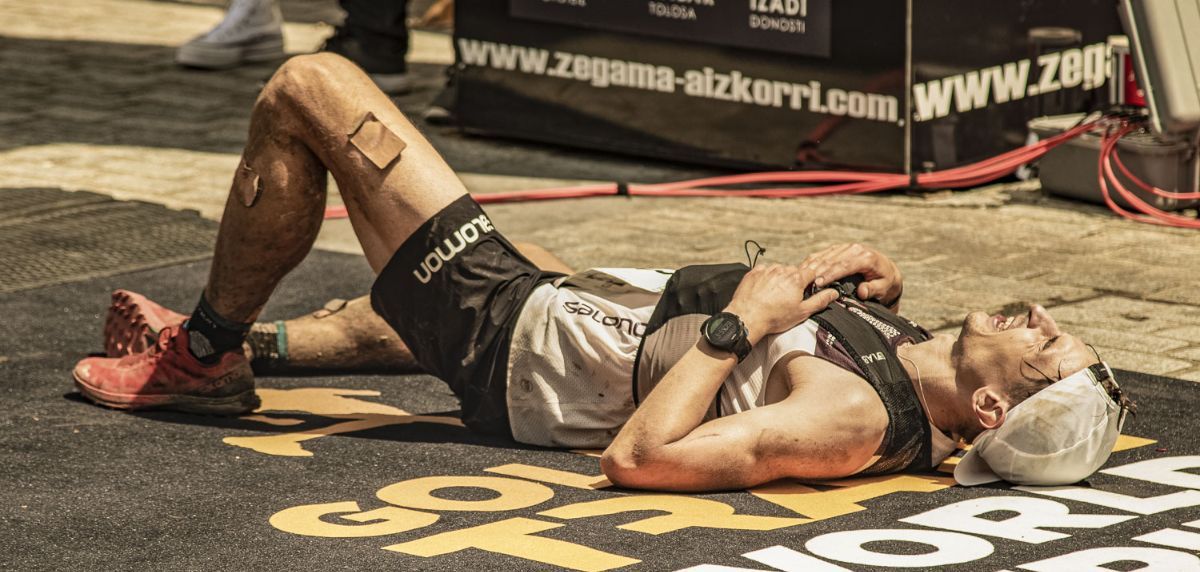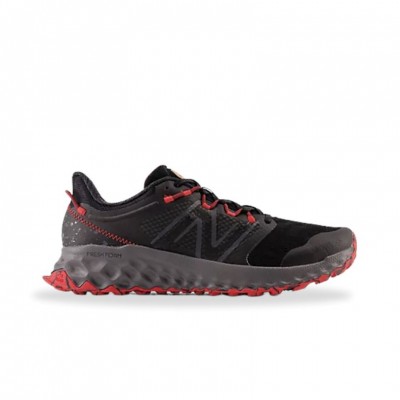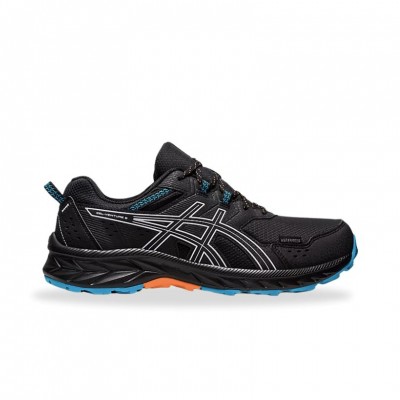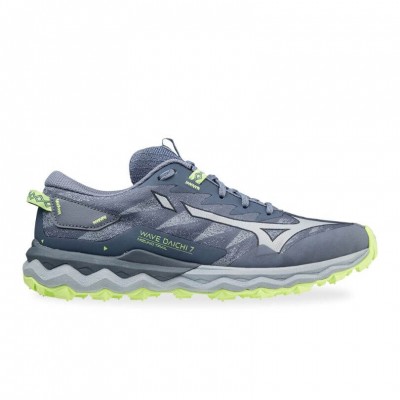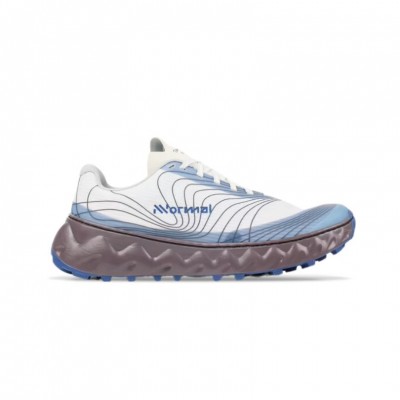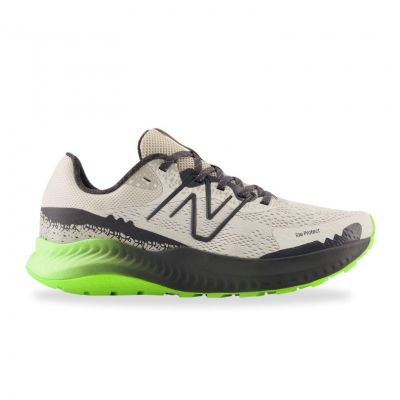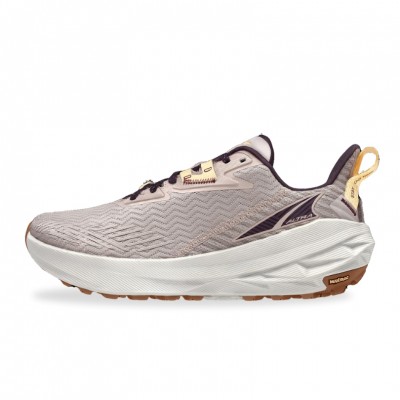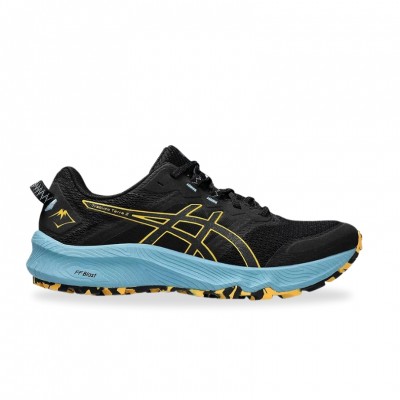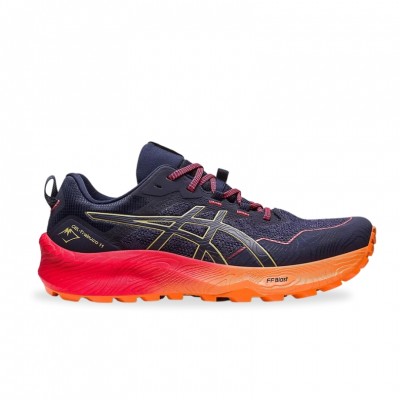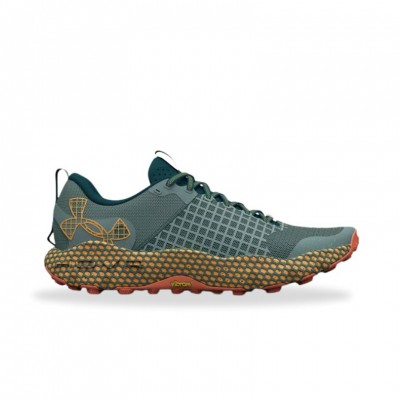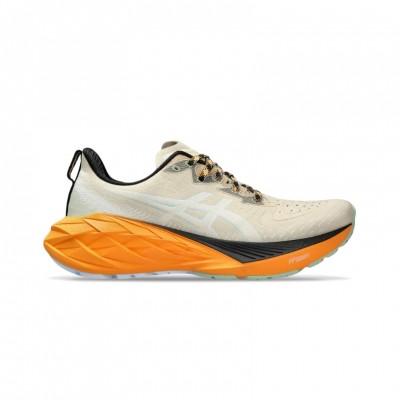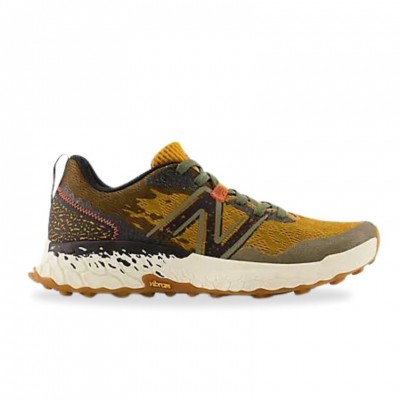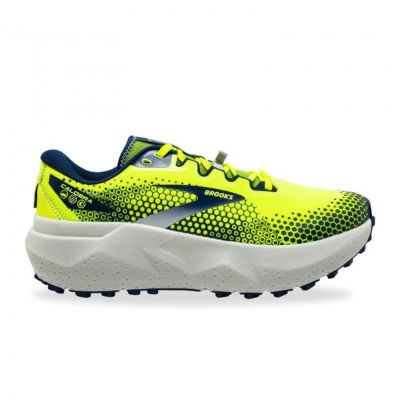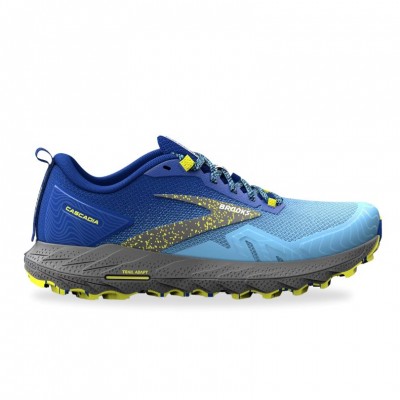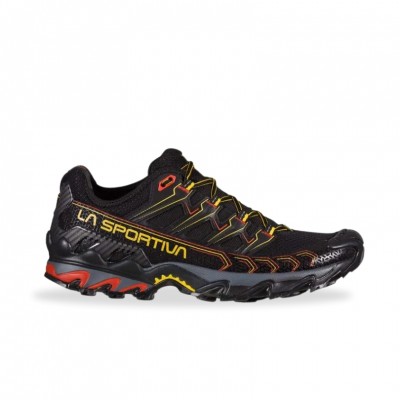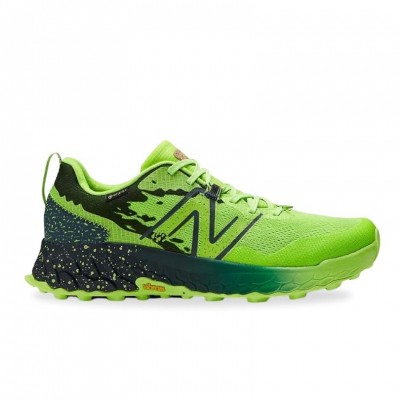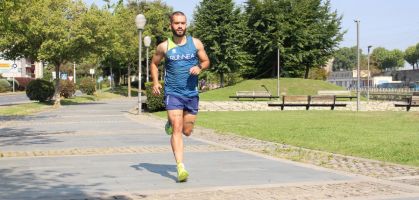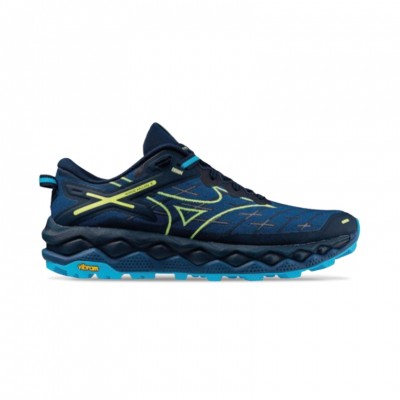In RUNNEA we have a clear passion for trail running, good proof of this is our brand new and brand new RUNNEA Trail Team. That is why we like to help those who, like us, are great lovers of the mountains. Runners who often feel lost in their eagerness to increase the target distances of their challenges, and their general ability to run in the mountains for hours.
And the fact is that immersing oneself in trail running or increasing and improving the progression towards long distances is not only a great sporting decision, but also a commitment on a physical and mental level. As Kilian Jornet, considered by many to be the best mountain runner in history, points out in his Skyrunner's Manifesto, "sport is selfish, because you have to be selfish to know how to fight and suffer".
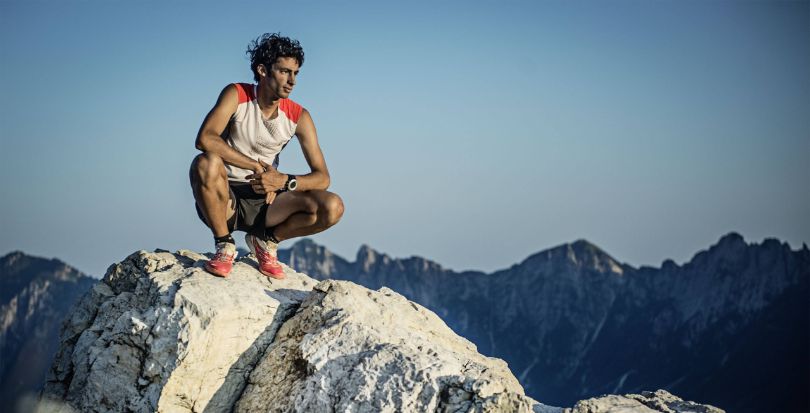
Not sure which running shoe to choose?
In a few simple steps we help you to choose the ideal running shoe for you
Go to the Shoe FinderTherefore, in this article we will explore that 'suffering'that for many makes up endurance training in this challenging environment, highlighting its importance supported by official studies, experiences of elite athletes and offering some bases to know the benefits of such endurance training, the variables to take into account or the material and planning necessary to improve our capabilities. Here we go!
Benefits of endurance training in the mountains
As in all the articles that we propose from RUNNEA, we are always looking for a 'why'. In this case we can solve that question through the result. That is, to know what are the consequences of such resistance training, emphasizing, of course, in the benefits.
Therefore, we can start from the premise that, as the core, or central axis of trail running in the mountains lies in endurance, it is a sport that goes beyond mere physical capacity. As various studies on the discipline have shown, endurance training offers the following main benefits:
- Improved cardiovascular endurance.
- It specifically strengthens the muscles needed to negotiate uneven terrain.
- It contributes to the development of technical skills and coordination.
All of these are crucial elements that, to a greater or lesser extent, make up the reality of the mountain runner. A reality that is accentuated and hardened in long distances, where physical and mental or psychological capacity merge into one to provide the spark needed to enjoy the race.
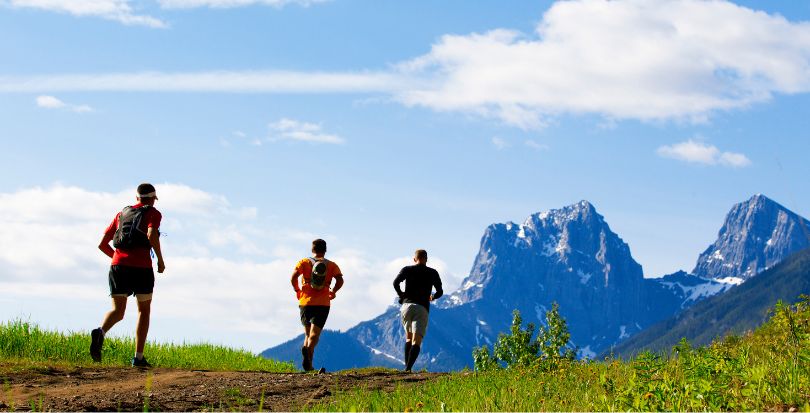
Factors to take into account before starting training
Before embarking on the journey, race or training that we are about to do, it is necessary a thorough assessment of the physical condition. Therefore, consulting health professionals, such as physiotherapists and doctors specialized in mountain sports, ensures optimal preparation.
On the other hand, andin order to face the least risks or avoid surprises, the choice of routes and altitudes is crucial. Choices that must be adapted to the level of training you have, without wanting to skip stages or move too fast. The historical experience of the great figures of this sport, as well as their declarations and confessions to the press have made it clear, for some time now, that each and every one of them stresses the importance of a gradual and safe progression.
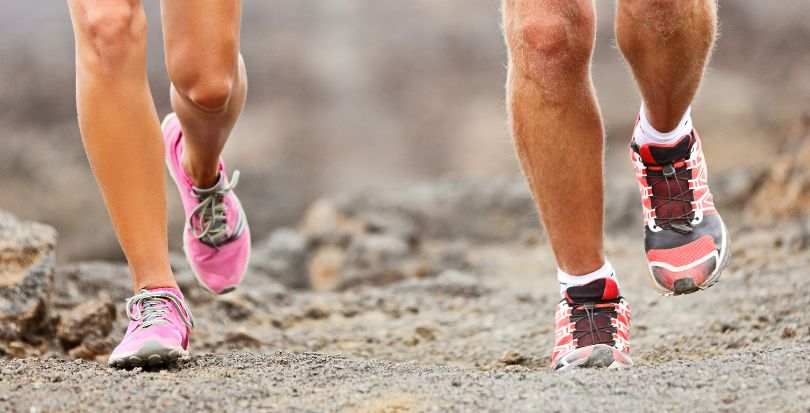
Planning endurance training in the mountains
As is usual in any sporting field, strategic planning is the master key to success in trail running. Inspired by studies such as that of Wilber (2007), which addresses the application of training at altitude, the most widespread approach to trail running preparation can be divided into the following phases:
- Base building: The main objective is to establish a solid overall endurance base supported by activities such as low-intensity, long-duration workouts to improve cardiovascular endurance, general body strengthening and technique sessions adapted to mountainous terrain.
- Intensification: Aims to increase the intensity of training to improve specific endurance through interval sessions and high-paced workouts to strengthen anaerobic endurance, with greater emphasis on trail-specific climbs and descents and the integration of more specific muscle strengthening exercises.
- Tapering: In this phase the objective tends to a progressive reduction of volume and intensity in order to arrive in the best conditions for the competition. It would be applied by originating a reduction in the mileage and intensity of training, with light sessions to preserve physical and mental acuity, focusing on rest and recovery to maximize performance on the day of the competition.
In addition, within this section we can touch on the subject of nutrition. A variable totally linked to the specific preparation, which is of maximum relevance both, and above all, in the previous phase and in the competition or training itself. Thus, some fundamental considerations on nutrition and hydration during the activity are based on the experience shared by athletes such as Kilian Jornet or Courtney Dauwalter, who have highlighted the need to maintain optimal energy levels throughout the process.
- You may be interested in: Tapering in mountain running: The scientifically proven strategy to succeed.
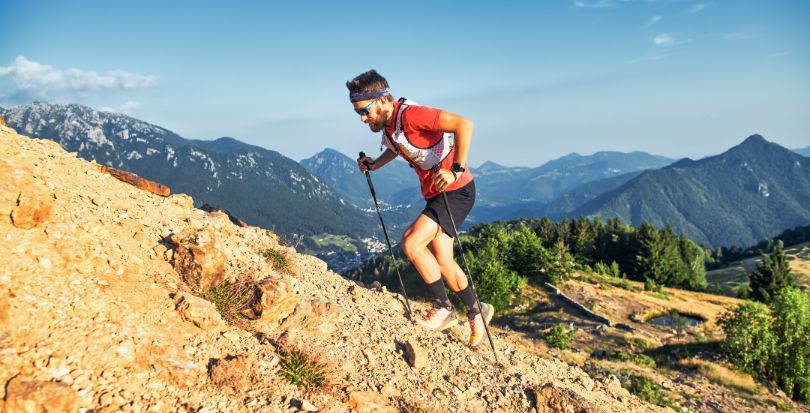
Thus, it is worth highlighting the importance of maintaining a diet rich in proteins and carbohydrates, essential to fill our energy reserves and increase the muscular capacity of our fibers. A preparation that will help us to dissipate fatigue and keep our organism in the best possible state. All this, without forgetting a correct hydration during the race/training, which will prevent the appearance of cramps and ramps.
Adequate equipment for long distances
Finally, another of the essential points to take into account in the preparation for endurance training in the mountains is based on the correct choice of equipment. Although it is a variable that, a priori, is less difficult to control, it is clear that performance in trail running is intrinsically linked to the right equipment.
As we know and advise at RUNNEA, the selection of specific footwear and clothing for variable terrain guarantees comfort and prevents injuries. So, if we are looking for trail runningshoes for ultra-endurance in the mountains, we must be clear about both our physical capacity and the terrain we are going to face. In general, the models most commonly used for endurance training, usually at low paces, stand out for their protection, stability and cushioning.
- RUNNEA Podcast: The best trail shoes 2024
Three basic pillars of good trail runningshoes for long distances to which, in addition, the use of tools such as trekking poles and lightweight backpacks, which have become a tactical strategy backed by studies that show their impact on efficiency and reduced muscle stress.
- Youmay be interested in: When to use poles in trail running?
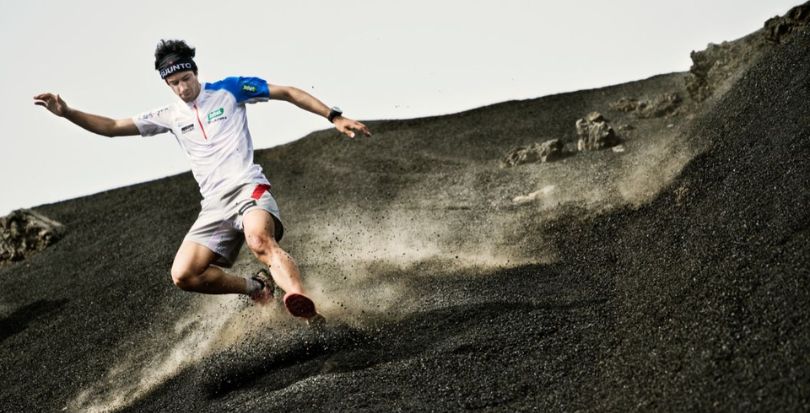
In short, mountain endurance training is becoming an essential component for those seeking to improve and strengthen their long-distance trail running abilities. The physical and mental benefits of this discipline offer an integral preparation.
In this way, and closing our article by returning to the beginning, as Jornet suggests, "the important thing is not the result, but the camino taken to get there". A quote from one of the last lines of his aforementioned 'bestseller' Running or Dying that shows us the importance of the process on the camino to improving our conditions, and by extension, towards the achievement (or attempt) of any goal in our lives.
Read more news about: Nutrition
